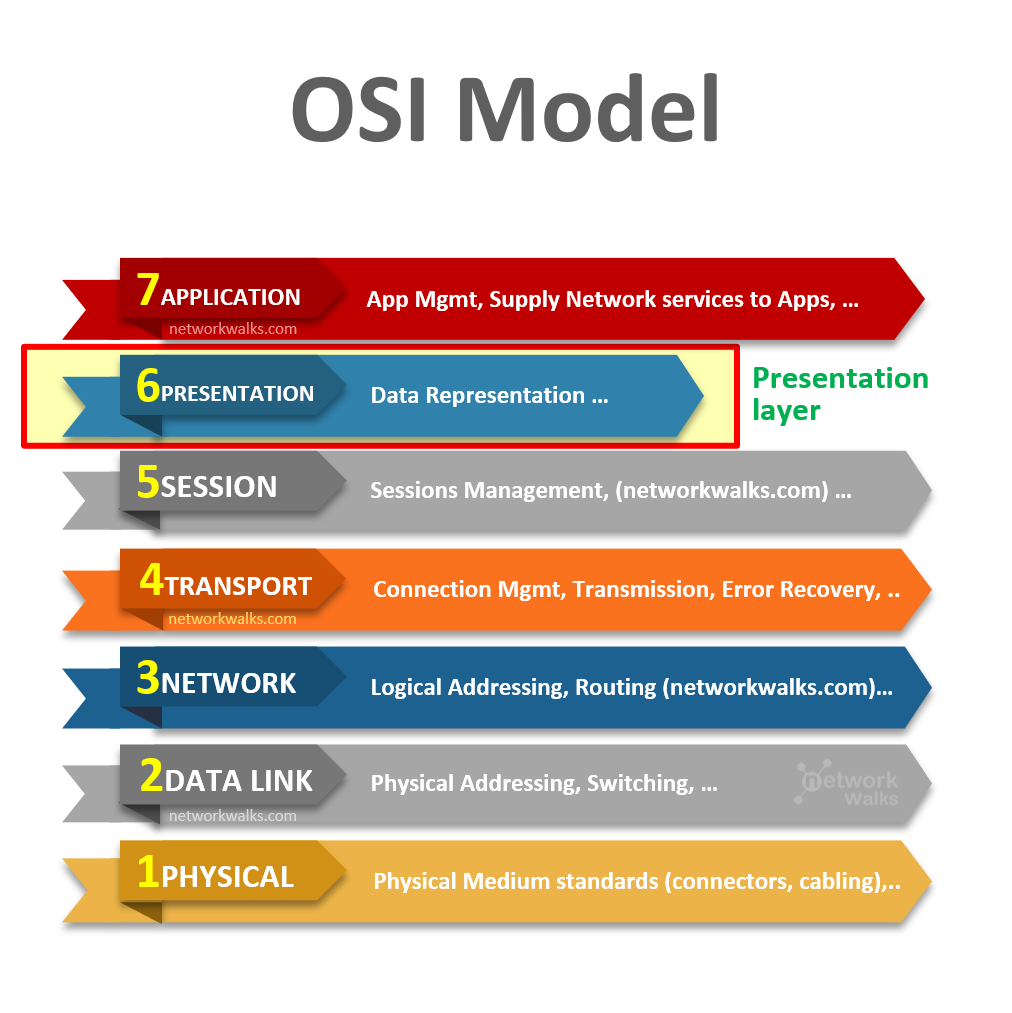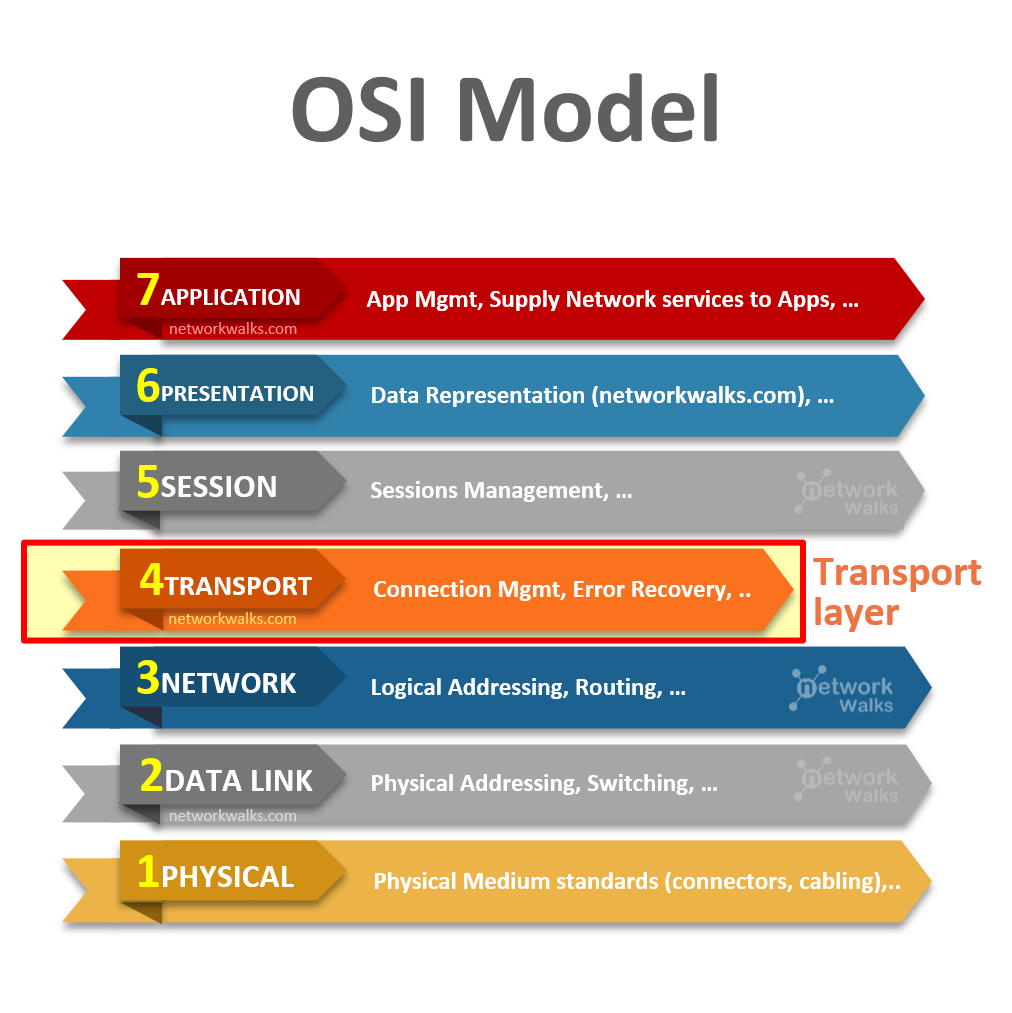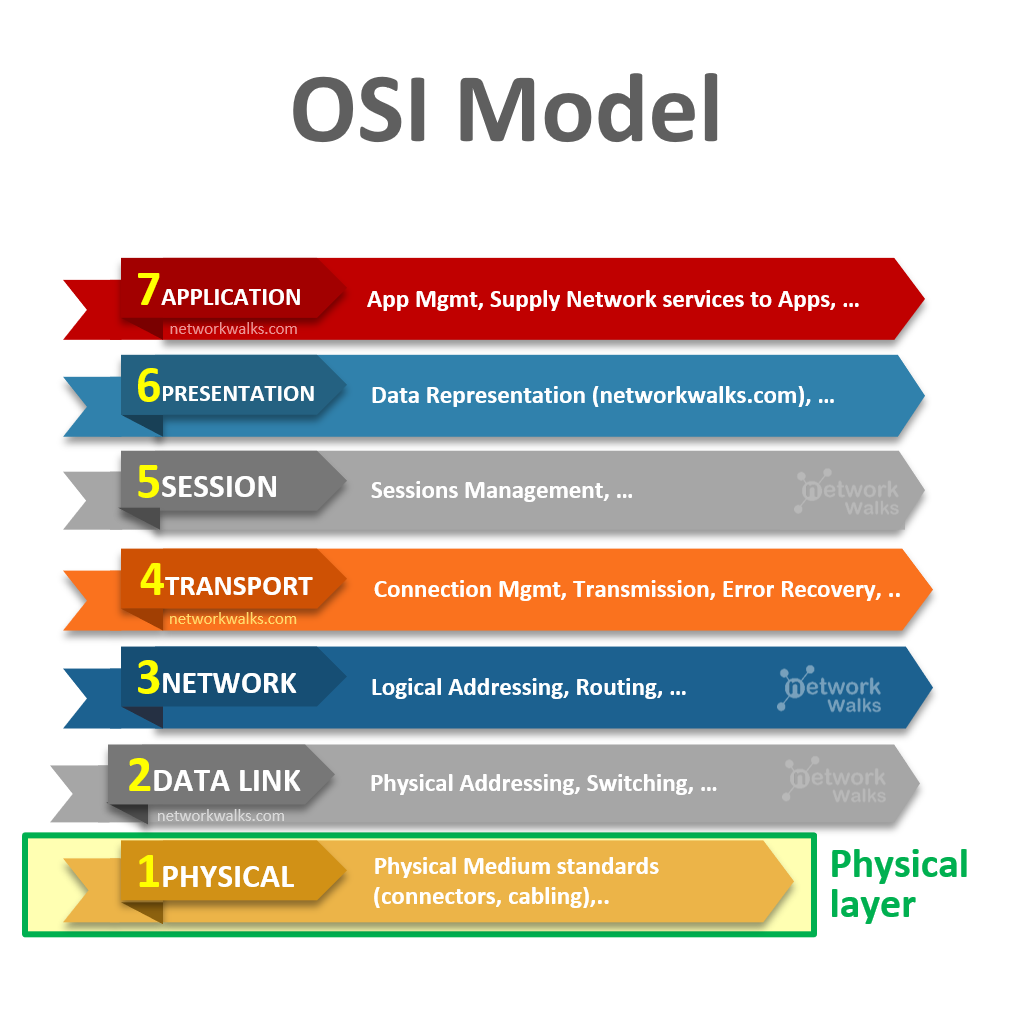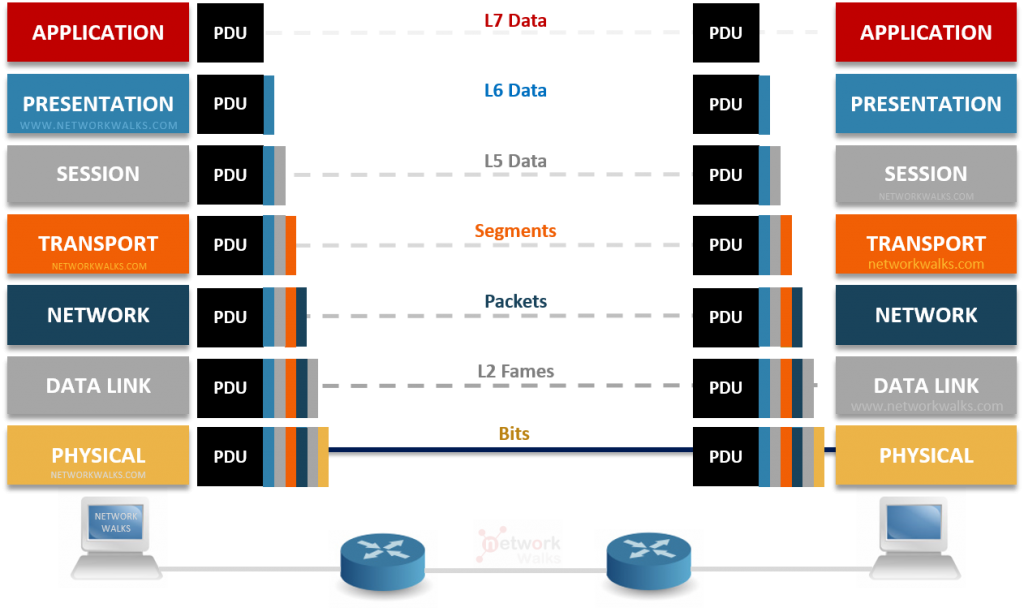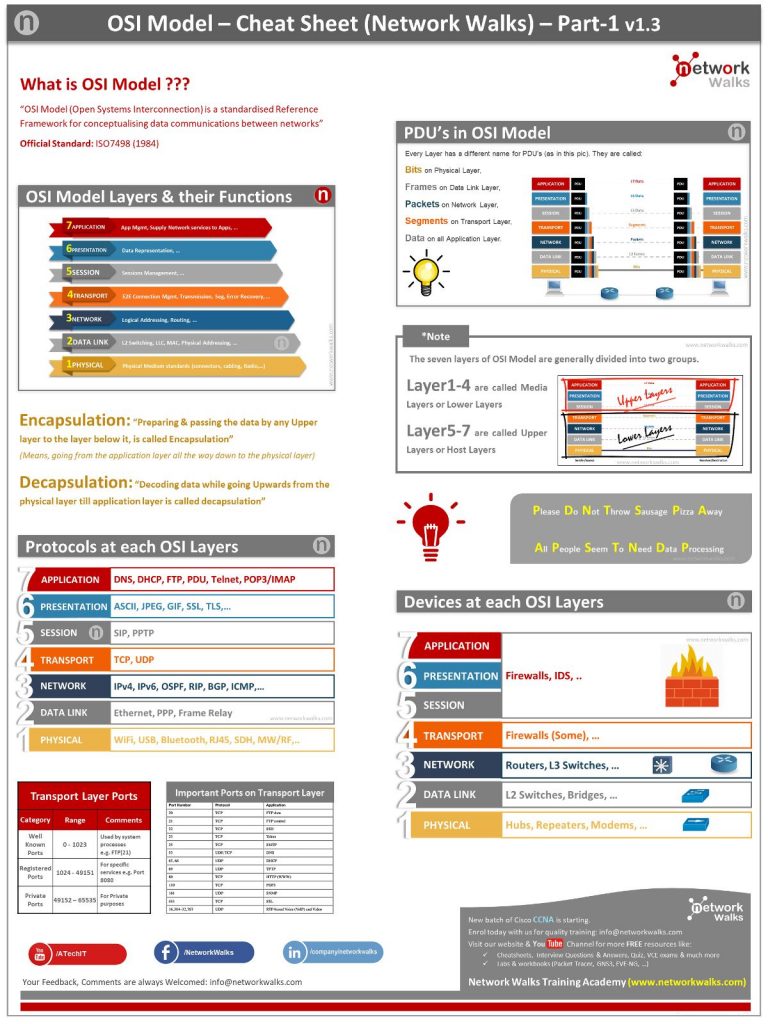
Application Layer is the highest layer in seven layer OSI Model. It is responsible for End user Network Applications Management. This is the layer where real traffic data is generated in most of the cases. For example, this could be a web request generated from HTTP protocol or a command from telnet protocol. OSI Model divides the network communication processes into seven layers in order to simplify it. Each layer performs specific functions to support the layers above it. The seven Layer model starts from Physical Layer & goes till Application Layer on the top, as below in figure: Functions/Duties Read More …

